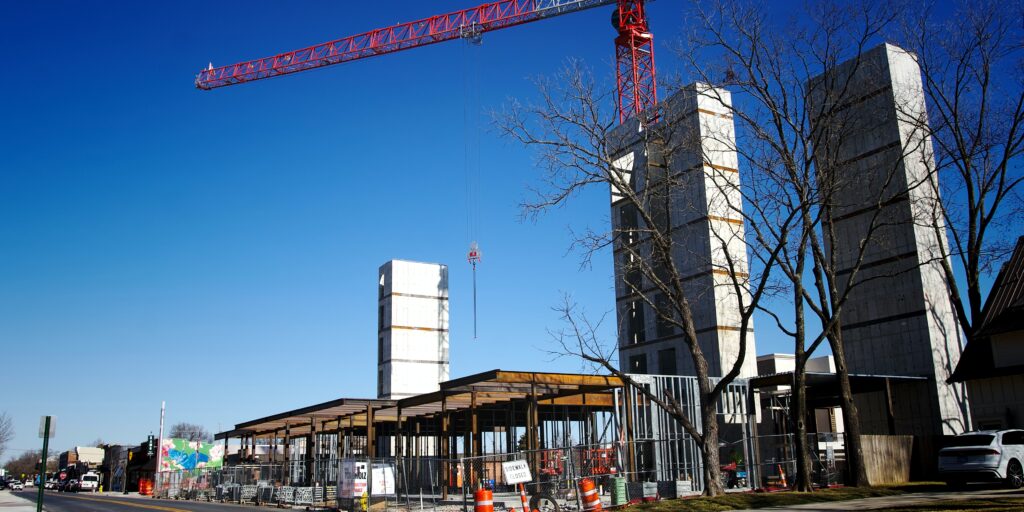How to leverage public-private partnerships to drive economic development
A core part of every municipal leader’s job is the local economy: growing it, maintaining it and/or revitalizing it.
Economic development is no easy task, even in the best of times. And right now, municipalities across the United States are facing several steep challenges: aging infrastructure, a national deficit that continues to increase and diminished tax revenue from the pandemic.
In this difficult environment, many municipal leaders are apprehensive about where they’ll find the funds necessary to sustain basic services for their constituents—never mind where to find funds to undertake more ambitious infrastructure projects.
In some cases, this is where public-private partnerships can come in. If your municipality is planning economic development initiatives or seeking to improve roads, bridges and hospitals, the private sector could be an ideal partner. So where do you start?
First, it’s important to understand how public private-partnerships work, and the financial and governmental scenarios for which they’re best suited. For example, public-private partnerships are designed so the cost of the project is paid over the lifetime of the asset (which the government owns). As a result, the private partner earns a return on their risk or receives a portion of the higher taxes generated by improved infrastructure. These partnerships work especially well when the best aspects of the private sector—like cutting-edge technology and innovation—combine with public sector values like the social good and a reasonable budget.
If a public-private partnership sounds like the right fit for your municipality, where do you begin? First, leadership needs to develop a thorough plan, one that outlines objectives, lays out fiscal and community impacts, builds community consensus, and identifies key stakeholders who will shepherd the project forward. Municipalities should also take the time to review this plan through the prism of the private sector: Will a potential partner see it as beneficial, fair and viable for both sides?
During this planning process, it’s also essential to weigh potential drawbacks. Public-private partnerships, like any major municipal undertaking, have complexities. For example, transactions can take longer to negotiate, potentially undermining scheduling and extending timelines. Further, public-private partnerships are sometimes met with opposition from public sector labor groups.
After planning and weighing the pros and cons, it’s time for municipalities to put their project out to bid. To strike a deal, the private sector must have its own capital—or “skin in the game”—before public investment goes into the project. Ensure you craft terms that provide the public sector, and not just the private developer, a return if the project performance exceeds expectations.
No two public-private partnerships are the same, but there are a handful of best practices all municipalities should follow once the process gets off the ground. For example, establish a clear and rational decision-making process. Both entities should communicate early and often. And secure consistent and coordinated leadership.
If leveraged to their full potential, public-private partnerships can be a boon for economic development. In 2023 and beyond, as your municipality looks to spark its economy or tackle ambitious infrastructure projects, consider this strategy.
Melissa Lee is a principal at Public Works Partners LLC, a WBE/DBE/SBE certified planning and consulting firm specializing in multi-stakeholder initiatives and building strong connections across the government, nonprofit and private sectors. For more information, visit www.publicworkspartners.com.




















